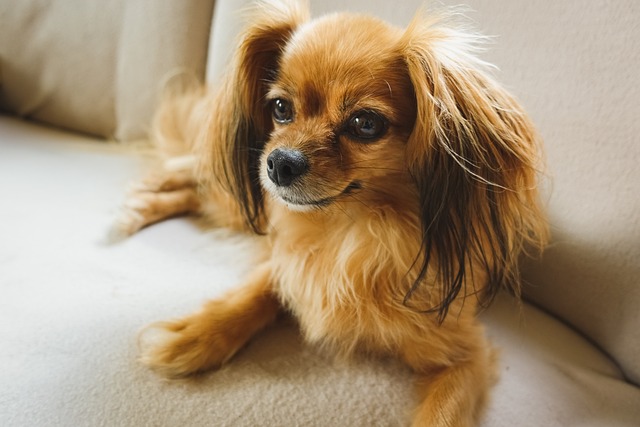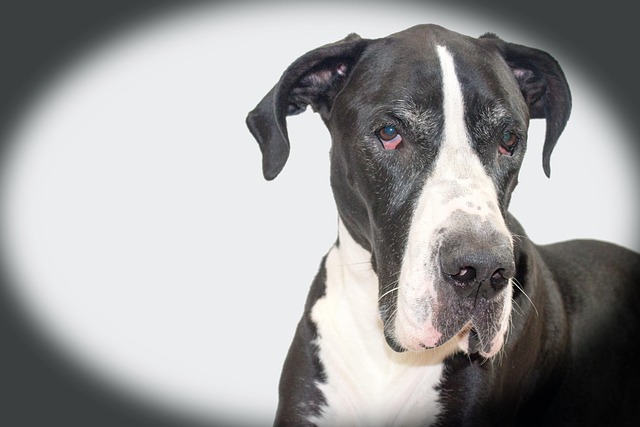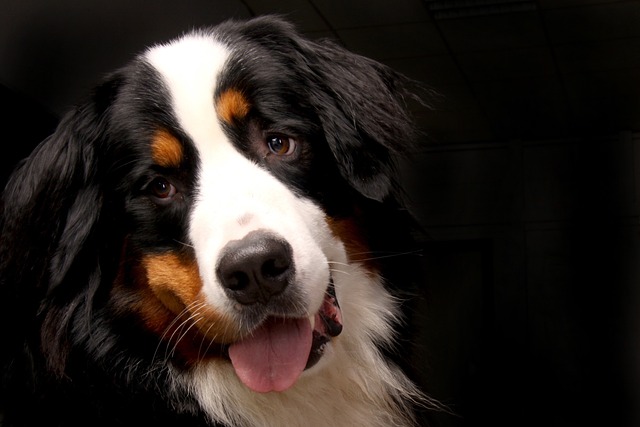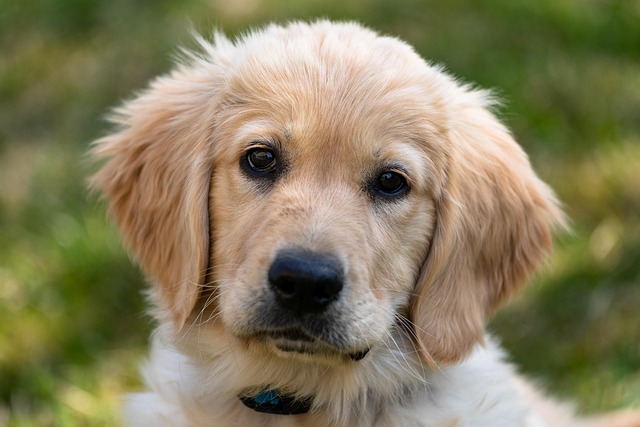
How to train your dog for agility competitions?
Walk into any local agility trial on a weekend, and you’ll hear the buzz of handlers cheering their dogs over jumps and through tunnels.
When an elegant Japanese Spitz with snow - white fur enters your life, it's like a lively little fairy, instantly adding countless luster and vitality to your life. The bright and curious eyes of the Japanese Spitz always sparkle with the desire to explore the world, and its lively and active personality makes every day full of joy and surprises. During the days spent with a Japanese Spitz, you'll long to build a deeper emotional connection with it. Training it to shake hands is like a magical key that unlocks the door to this intimate interaction.
Originating from Japan, Japanese Spitzes are intelligent and extremely loyal to their owners. At the same time, they have a strong sense of curiosity and high vigilance. These unique personality traits mean that when training them to shake hands, we need to invest more patience and wisdom and fully understand their behavior patterns and psychological needs.
Before starting to train a Japanese Spitz to shake hands, we need to make full preparations. First of all, choosing a quiet, comfortable environment with minimal distractions is crucial. It could be the peaceful living room at home or a quiet courtyard. Making the Japanese Spitz feel relaxed and at ease in a familiar environment allows it to focus better on the training. Secondly, prepare some of the Japanese Spitz's favorite snacks as rewards, such as sweet chicken jerky or crispy cheese cubes. These delicious snacks are the "secret weapons" during the training process and can greatly stimulate the Japanese Spitz's enthusiasm for learning.
When the training officially begins, first have the Japanese Spitz sit quietly in front of you. Japanese Spitzes are naturally quite lively and active, so it may take some time and patience to get them to sit still. You can gently stroke its back and soothe it with a gentle voice to help it calm down. Once it is sitting steadily, extend your right hand and gently touch its left front paw while clearly, gently yet firmly saying the command "Shake hands".
 At first, the Japanese Spitz may not understand your intention and just look at you in confusion. At this time, don't be impatient. You can gently lift its left front paw and hold it, as if having a friendly conversation with it. The moment you hold its paw, immediately offer the prepared snack to its mouth and give enthusiastic praise: "Baby, you're amazing! So clever!" Japanese Spitzes are very sensitive to voices and emotions. Your praise and rewards will make it feel that it has done the right thing, thus generating a sense of pleasure and accomplishment.
At first, the Japanese Spitz may not understand your intention and just look at you in confusion. At this time, don't be impatient. You can gently lift its left front paw and hold it, as if having a friendly conversation with it. The moment you hold its paw, immediately offer the prepared snack to its mouth and give enthusiastic praise: "Baby, you're amazing! So clever!" Japanese Spitzes are very sensitive to voices and emotions. Your praise and rewards will make it feel that it has done the right thing, thus generating a sense of pleasure and accomplishment.
This process may need to be repeated several times before the Japanese Spitz gradually understands your command. Perhaps the first time it just looks curiously at the snack in your hand, the second time it moves its paw slightly but doesn't lift it up actively. It's not until the third or fourth time that it finally, under your guidance, successfully lifts its paw to shake hands with you. Every attempt it makes is a sign of its effort to communicate and understand you. You should give it plenty of encouragement and patience. Because in the world of Japanese Spitzes, every smile and every word of praise from you is the greatest affirmation and encouragement for it.
As the training progresses and the Japanese Spitz becomes more familiar with the "Shake hands" command, you can try to increase the difficulty and fun of the training. For example, conduct the training in different locations. Besides at home, you can also take it to the community garden, a quiet park, etc., so that it understands that no matter where it is, it should make the corresponding action whenever it hears the "Shake hands" command. At the same time, you can try to give the command in different situations, such as when it's excited while playing or just taking a short rest after a walk, to train it to respond quickly to your command in various states.
During the training process, also pay attention to the Japanese Spitz's emotions and state. If it shows signs of fatigue, boredom, or inattentiveness, the training should be paused to let it rest for a while. Forcing it to continue training will not only make it feel stressed and miserable but may also cause it to develop a resistance to the training. You can play with its favorite toys with it for a while or take it for a walk. Then, when it regains its energy and interest, resume the training.
When the Japanese Spitz can skillfully shake hands with you in various situations, the joy and sense of accomplishment are indescribable. Every time you extend your hand, it will unhesitatingly lift its paw to respond to you. Its bright eyes will sparkle with the anticipation of praise, and its tail will wag merrily, as if proudly saying: "Master, look at me! I'm doing so well!"
Training a Japanese Spitz to shake hands is not just about teaching it a simple action but a journey of interaction full of love and companionship. Through this process, the relationship between you and the Japanese Spitz will become closer, and it will trust and rely on you more. When you return home after a busy day at work, and the Japanese Spitz runs towards you cheerfully, sits obediently, and then extends its little paw to shake hands with you, at that moment, all the fatigue will dissipate. You will deeply feel that this emotional connection with it is the warmest and most precious gift in life. In this training process full of patience and love, you witness its growth and progress, and it constantly reciprocates your love with its pure affection, creating countless beautiful memories together.

Walk into any local agility trial on a weekend, and you’ll hear the buzz of handlers cheering their dogs over jumps and through tunnels.

Dachshunds have a stubborn streak that can make potty training feel tricky, but their love for routine works in your favor. Start by taking them out first thing in the morning, right after meals, and before bed—consistency helps them connect the dots fast

If you’ve ever tried to teach your dog a new command in a distracting environment using their regular kibble, you’ve likely been met with a sniff of disinterest and a wandering gaze.

Dogs act out aggressively for a range of reasons—fear of new people, protectiveness over their food bowl, or even stress from a busy apartment building.

Prepping your dog’s meal should feel like a happy routine, but if they stiffen up or growl when you get near their bowl, you’re not alone.

Ever watched a professional dog trainer in action and wondered how they get such focused, eager behavior? The secret isn’t just their skill—it’s often what’s in their treat pouch.